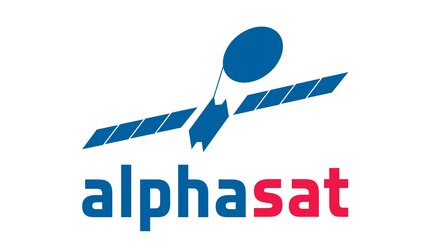Optical Communication
The Optical Communication Terminal is one of four Technology Demonstration Payloads carried by Alphasat. It relays Earth observation data from low-Earth orbit (LEO) to geostationary orbit (GEO) through laser transmission. A Ka-band transmitter then forwards the data to a ground station.
Covering new ground
The Laser Terminal, or TDP 1, is a precursor to the European Data Relay System; an independent, European satellite system designed to reduce time delays in the transmission of large quantities of data. Laser terminals are used to communicate information like conventional radio payloads do, but are able to do so far more precisely, quicker and at a much higher rate. TDP 1 is the first of its kind to link lower earth orbit satellites to geostationary orbits and has a range of 45 000 km. LEO channels are becoming increasingly congested, so utilising GEO for intersatellite links is necessary to accommodate our growing need for data transmission.
Laser efficiency

The LCT-TDP 1 project is carried out on behalf of the Space Administration of the German Aerospace Center (DLR e.V.) with funds from the German Federal Ministry of Economics and Technology (BMWi). It is a so-called 'beaconless' instrument, which means it can be lighter, smaller and consume less power than radio beams. The precision of the laser transmission also means there is far less disturbance, as the link between the LEO satellites and payload in GEO is a much narrower connection. It has already been successfully demonstrated for LEO to LEO links.
The Terminal also works closely with TDP 6, the Startracker, as knowledge of its own attitude is essential for successful connection to the LEO satellite.















 Germany
Germany
 Austria
Austria
 Belgium
Belgium
 Denmark
Denmark
 Spain
Spain
 Estonia
Estonia
 Finland
Finland
 France
France
 Greece
Greece
 Hungary
Hungary
 Ireland
Ireland
 Italy
Italy
 Luxembourg
Luxembourg
 Norway
Norway
 The Netherlands
The Netherlands
 Poland
Poland
 Portugal
Portugal
 Czechia
Czechia
 Romania
Romania
 United Kingdom
United Kingdom
 Slovenia
Slovenia
 Sweden
Sweden
 Switzerland
Switzerland




























